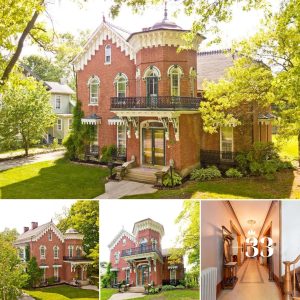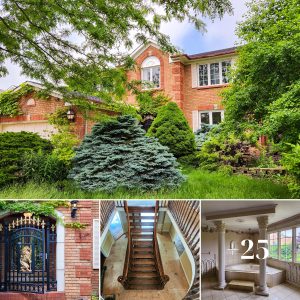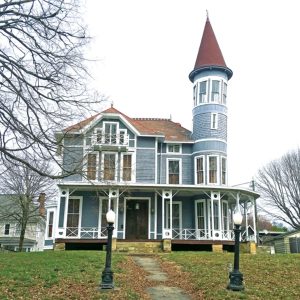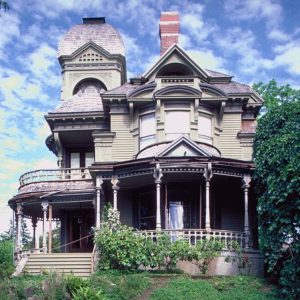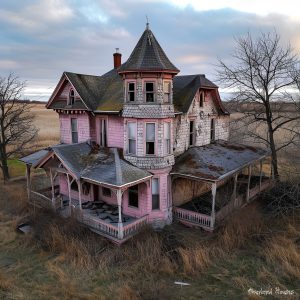
Crum-Beville House | Sumter County, FL | c. 1800s
Harmon Crum and his wife Rhoda married in Lowndes County, GA in 1824 and although they began their family there, a few years later they would move to Florida. First settling in Marion County and then moving just south to present-day Sumter County, Harmon is regarded by many as the first white settler to this area, building a homestead here sometime before 1830.

We can only imagine what life was like for the Crum family on the Florida frontier, but we do know that the children of the family spoke a Seminole dialect due to their proximity to a settlement laid out under the Treaty of Moultrie (1823).

This relationship would change just a few years later as a Seminole attack on U.S. troops broke out just a few miles south of their homestead. The attack in December of 1835 at what became known as Dade Battlefield, began the 2nd Seminole Indian War and was surely a new period of tension between the natives and Florida’s new settlers. Just six years later, Mr. Crum had applied for the Armed Occupation Act which granted him 359 acres of land in exchange for ‘holding the land’ from native attack.

But one war would turn into the next and before long, the Civil War had gripped our young nation. Two of the Crum sons, Harmon III and Thomas Lafayette, would join the 10th Florida Regiment for the Confederate States. Upon returning from the Civil War, Thomas and his family would build this home which still stands today, and pictured here are his children Mattie, Charlie, Thomas H., and son-in-law T. Sutton Beville.

With most abandoned homesites, it is hard to imagine what it looked like in its prime because the framework is there, but the life is gone. While researching this family and their long history in this area, I stumbled upon this photo of the same house I found myself photographing in 2013. As they stand there proudly in front of their home, I look at their faces and wonder which of them might have been born within these walls. I feel fortunate to be able to attach faces to this beautiful old piece of Florida history and to see it as they saw it all those years ago.

